Coronavirus: you'll never believe what's really lurking on your money
Contaminated currency
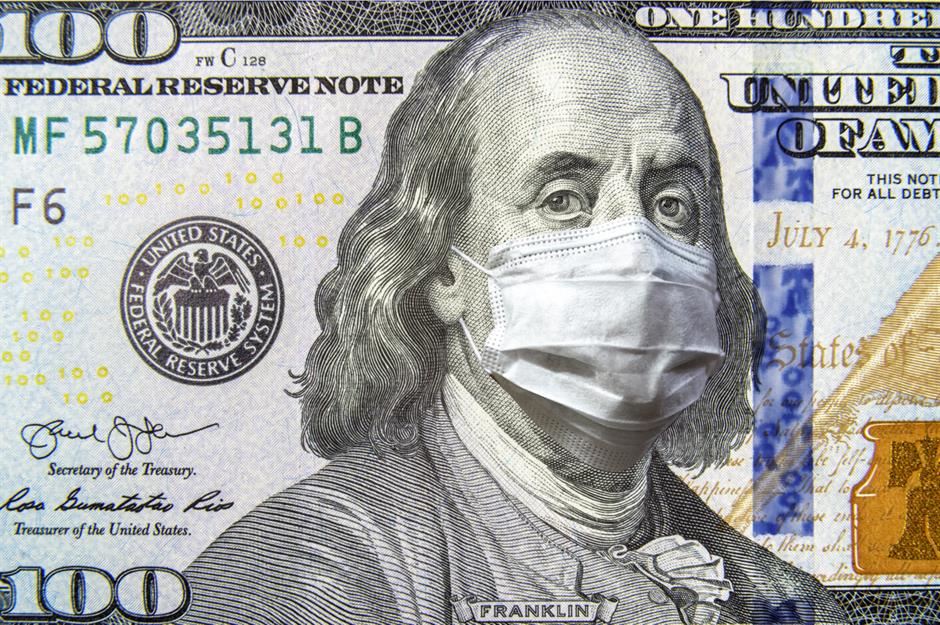
Polymer vs paper cash
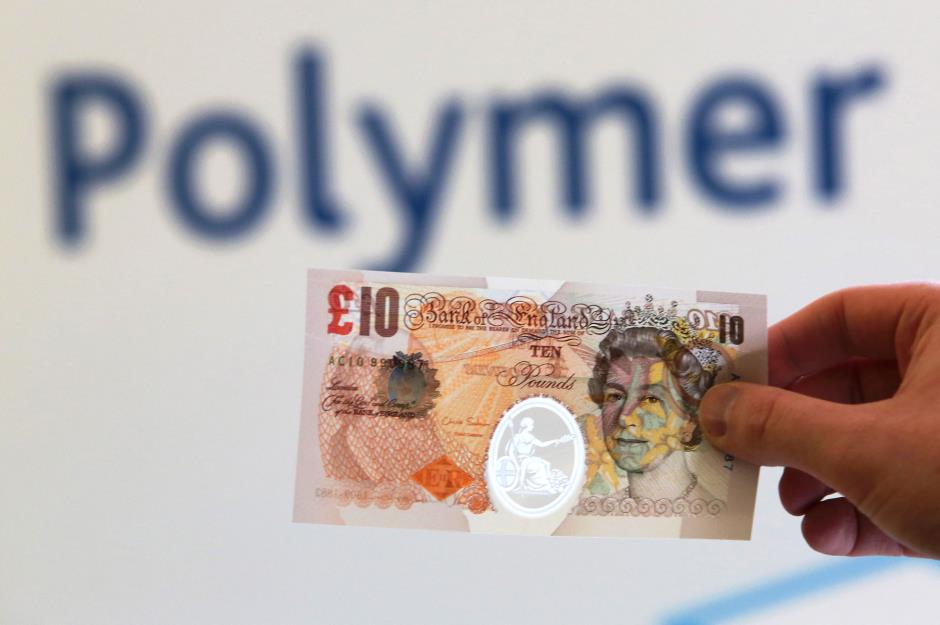
A 2012 study found that polymer banknotes may provide the perfect breeding ground for scary superbugs such as MRSA and vancomycin-resistant enterococci (VRE). The superbugs survived for a worryingly long time on these banknotes. But while polymer bills can harbor dangerous superbugs, generally plastic banknotes are three times more hygienic than regular cotton or linen-based 'paper' bills and home to fewer bacterial colonies overall, according to a study by Harper Adams University in the UK. Not only that, but they are more easily cleaned and disinfected as they are less likely to be damaged by those processes. More than 50 countries use polymer bank notes, including Australia which first introduced the polymer notes in 1988, New Zealand, the UK which started to transition its money in 2016, and Canada, among others.
Most banknotes contain traces of cocaine
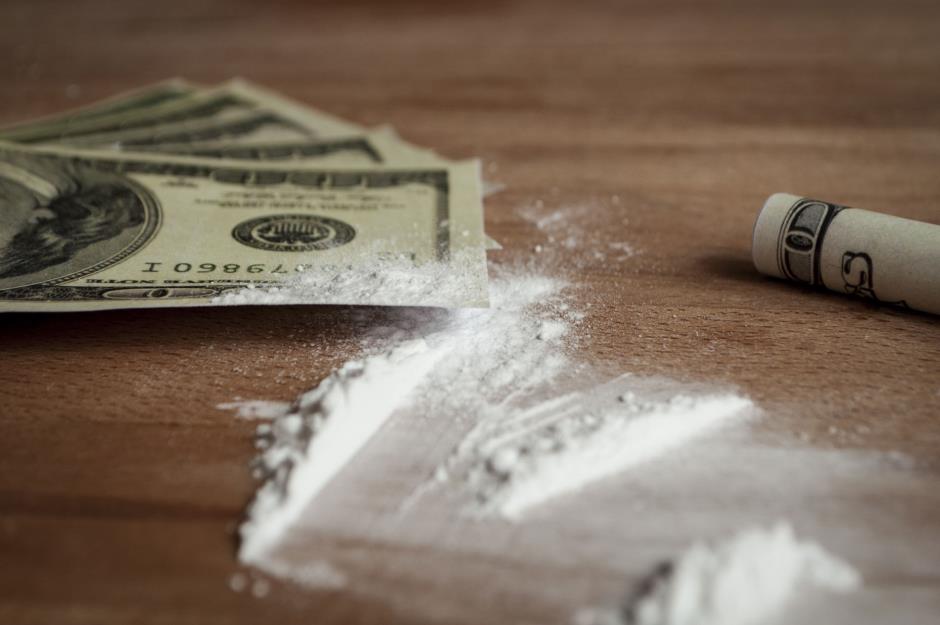
Research has shown that most paper money is contaminated with cocaine. Test results suggest pretty much all UK notes acquire traces of cocaine within weeks of entering circulation, while in Ireland every single euro note tested in a recent study showed some trace of the drug. Meanwhile 90% of US bills carry traces of the substance. However, cocaine is less likely to attach itself to the polymer notes that are used in more than 50 countries, which are less porous than paper notes and less likely to carry bacteria and other substances.
As many as 70% of banknotes could be tainted with heroin
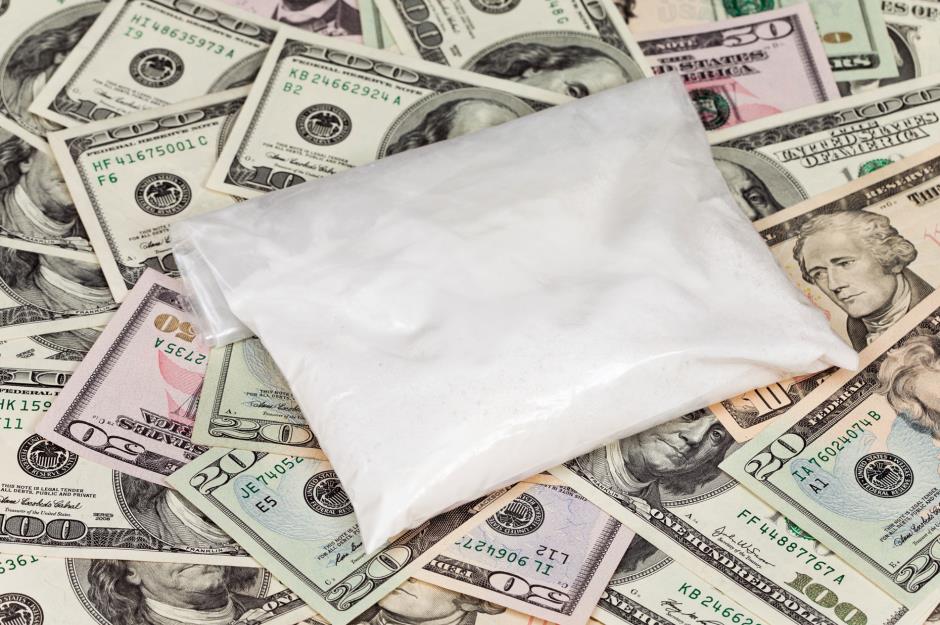
Crystal meth has destroyed thousands of euro banknotes
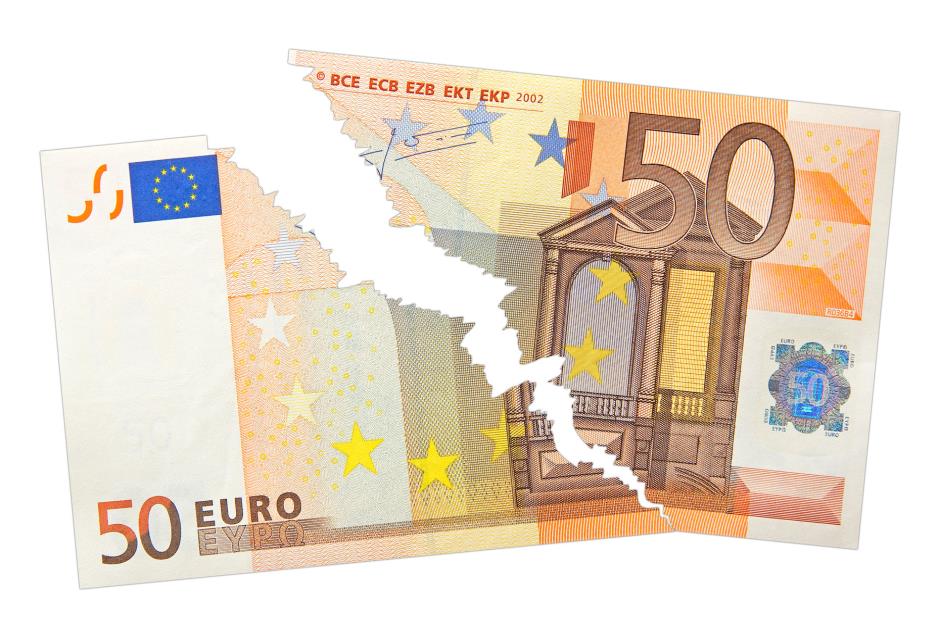
Currency can spread serious disease
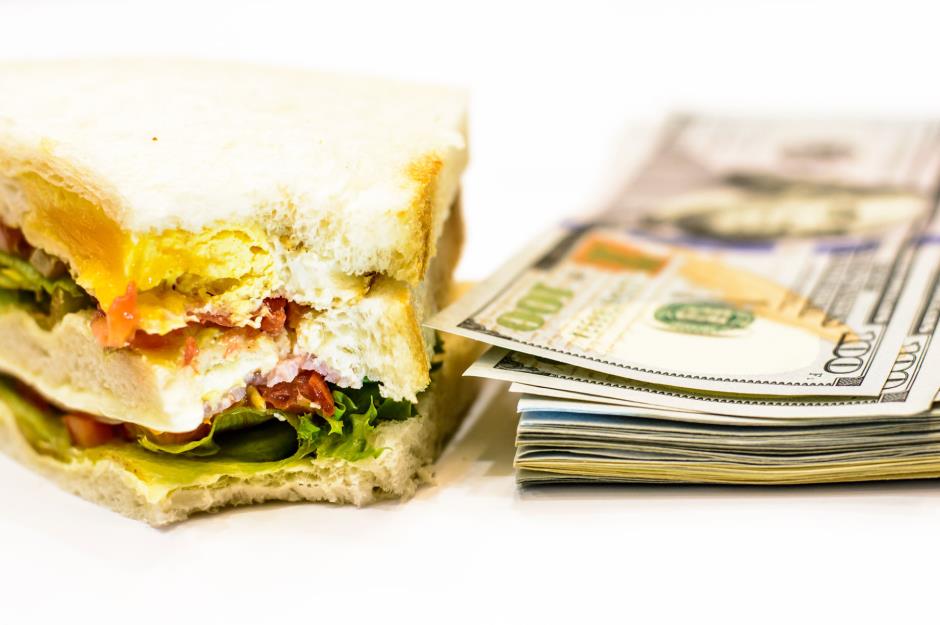
Money can make you sick. A 2014 review of relevant studies concluded that banknotes, and to a lesser extent coins, have the potential to transmit harmful pathogens, especially if handled along with food.
One in seven English banknotes contain faecal matter
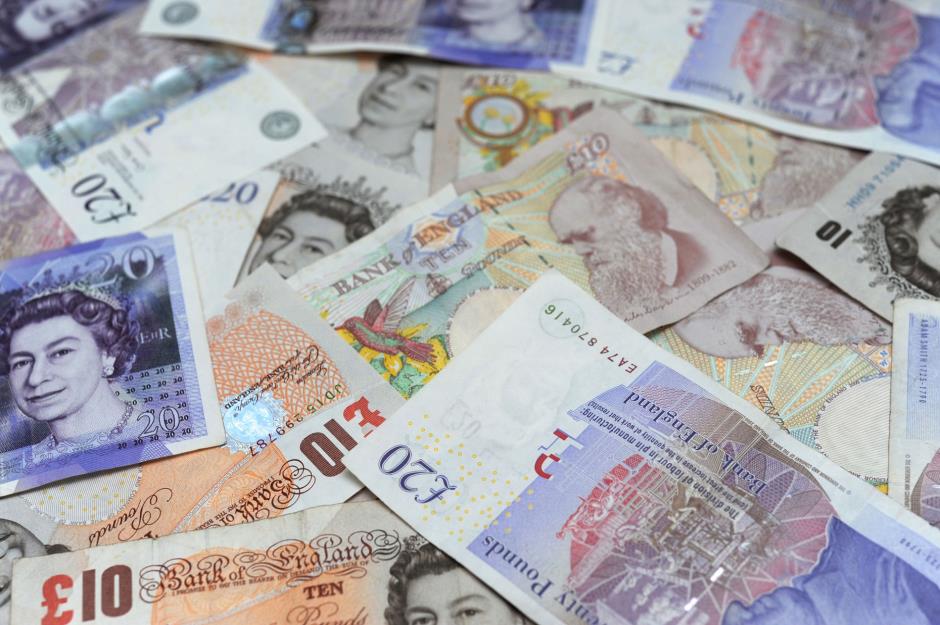
Romanian banknotes have the highest prevalence of dangerous pathogens
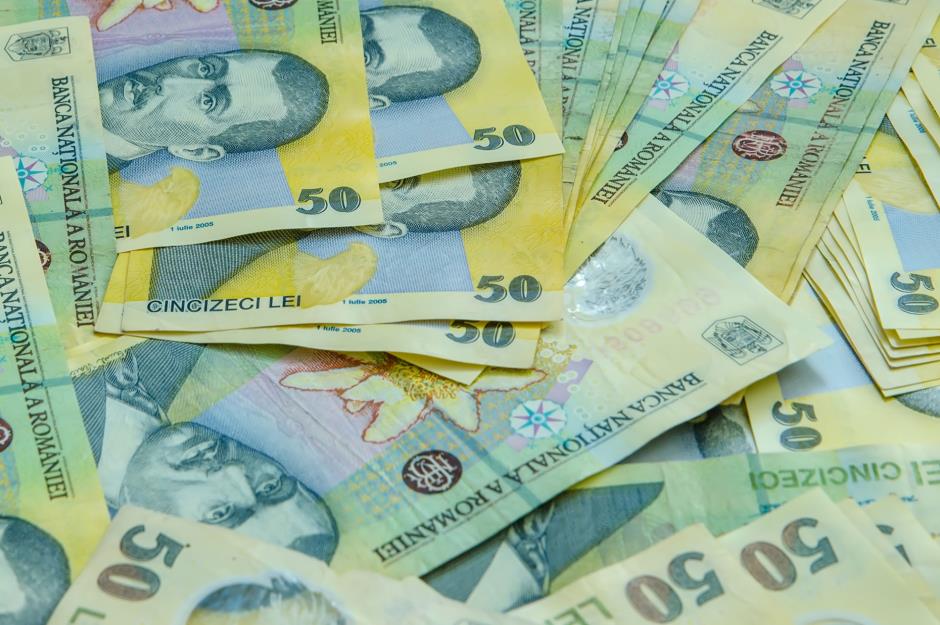
Most dollar bills are teeming with bacteria
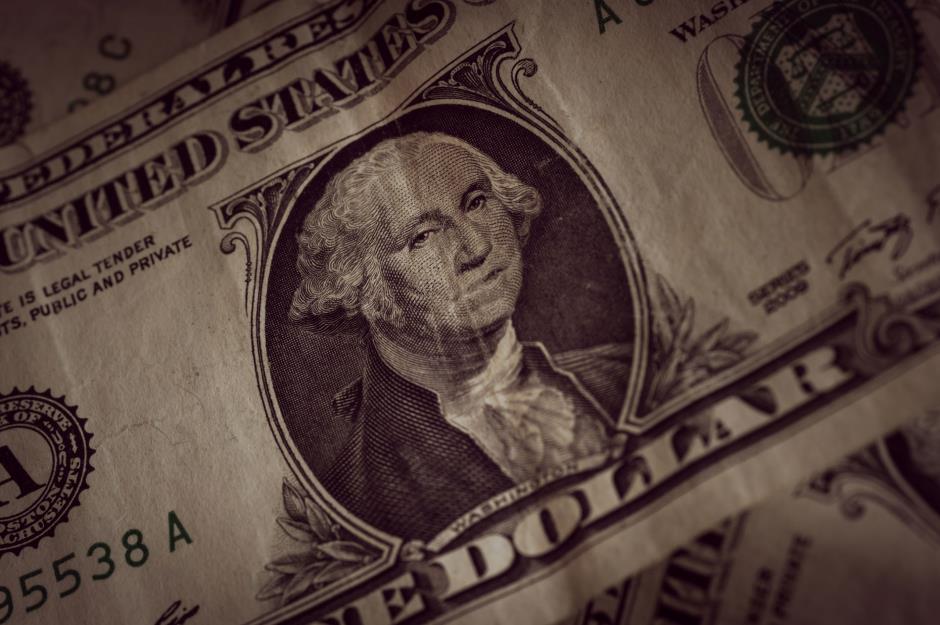
US dollar bills harbor up to 3,000 types of bacteria
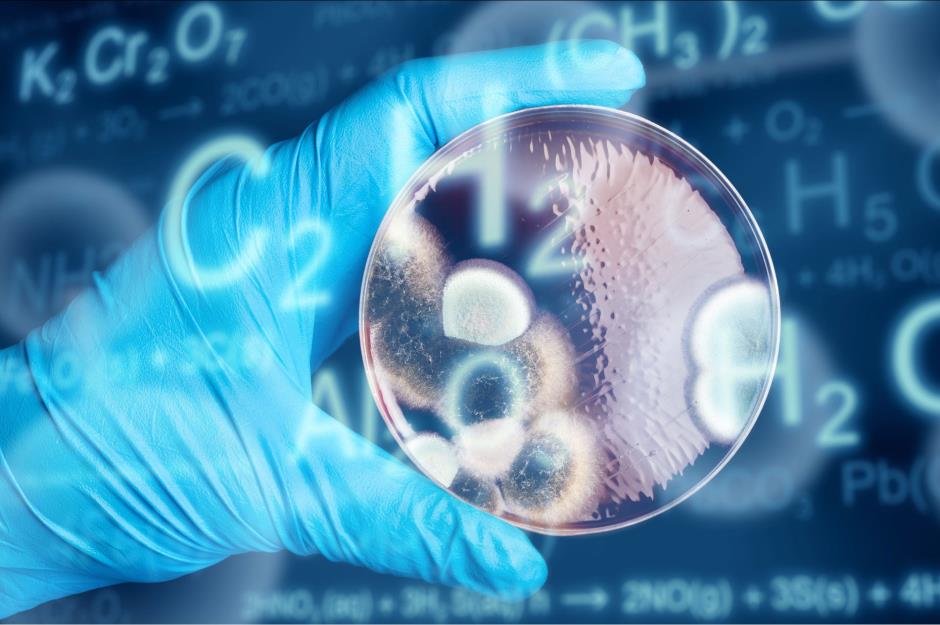
The five dollar bill is the dirtiest US note and the £20 note is the UK's filthiest
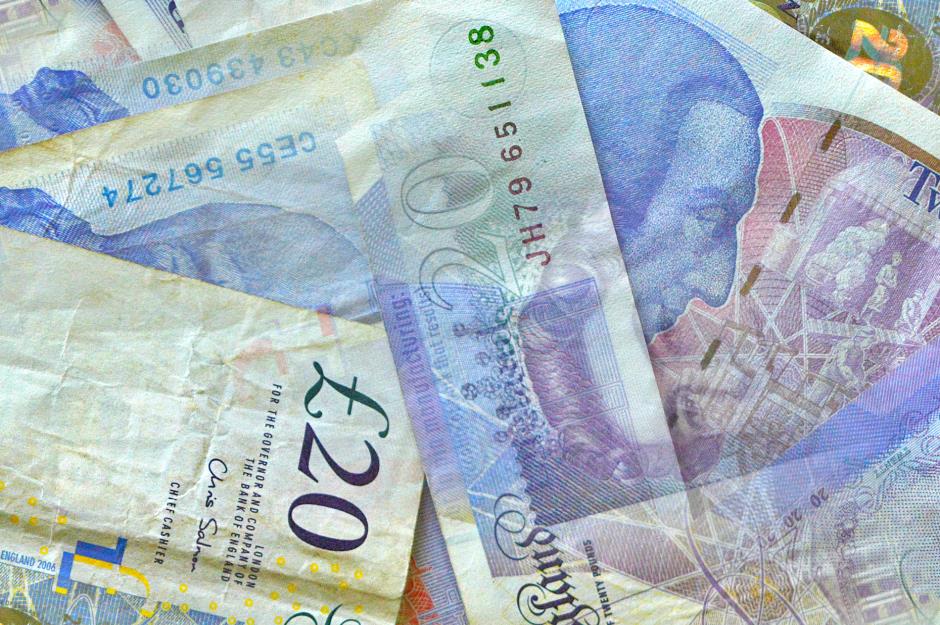
Study after study has shown that the five dollar bill is the filthiest US banknote. These notes are used almost as frequently as lower denominational notes such as the $1 bill but remain in circulation longer, hence the build-up of dirt and germs.
The average European banknote is home to 26,000 colonies of bacteria
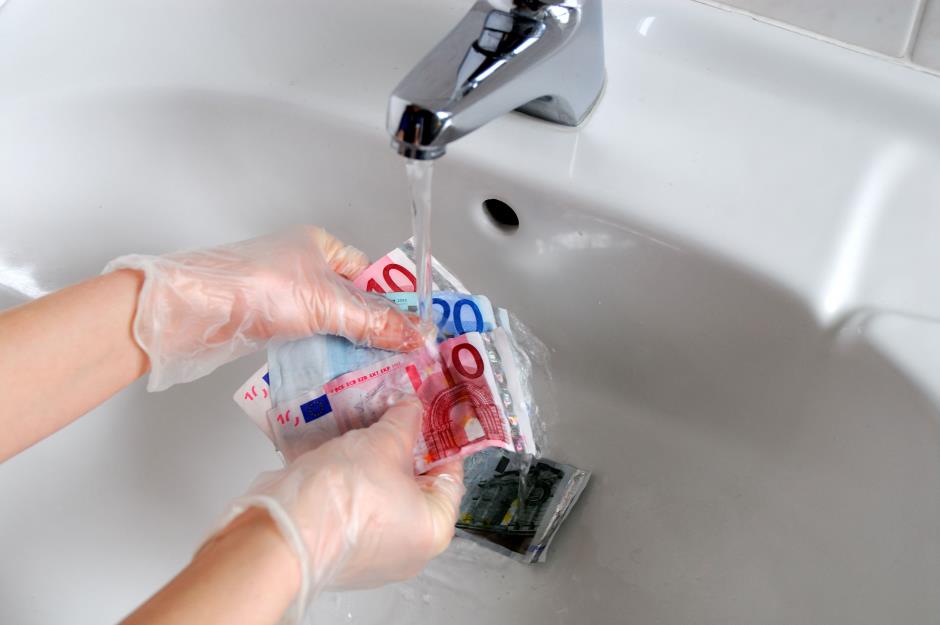
A 2013 study from the University of Oxford found that the average European banknote contains 26,000 bacterial colonies, including virulent strains such as E.coli and salmonella that can cause acute food poisoning. The Danish Krone was the dirtiest note of all with 40,266 bacteria per note, followed by Swedish cash which had 39,600 bacteria per note.
US dollar bills may harbor virulent food poisoning germs
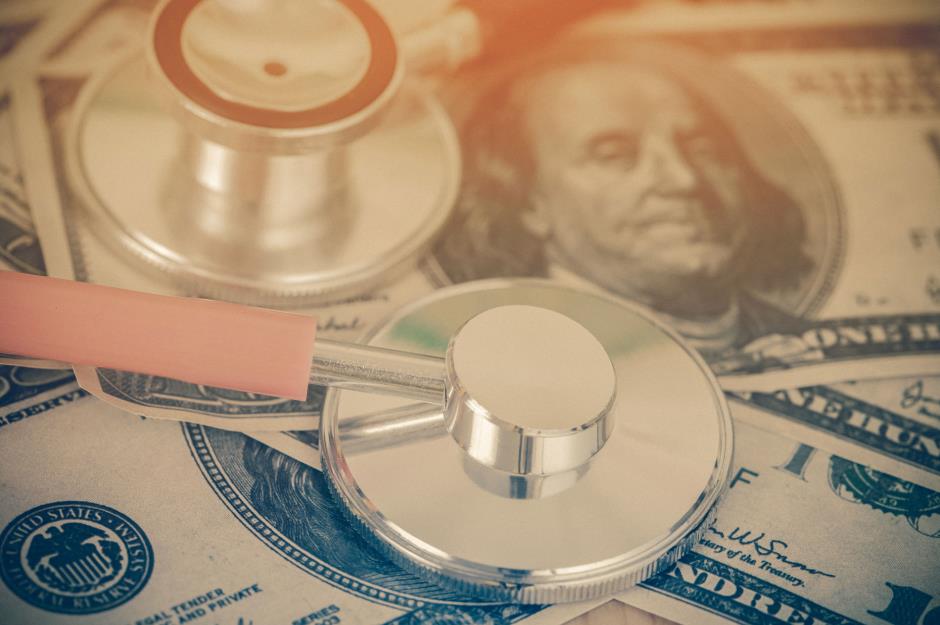
The flu virus can survive on a banknote for up to 17 days
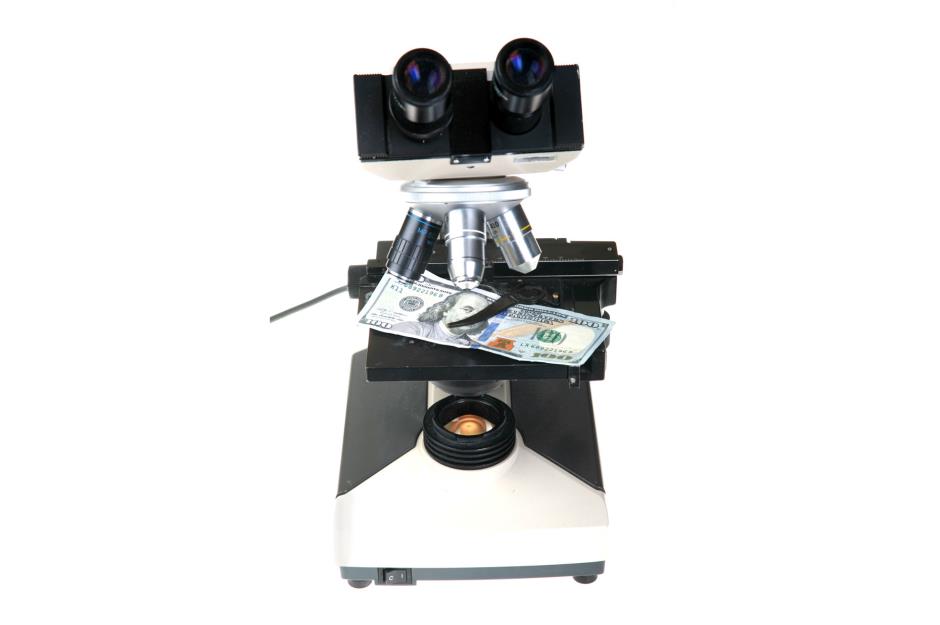
...But can coronavirus survive on banknotes?
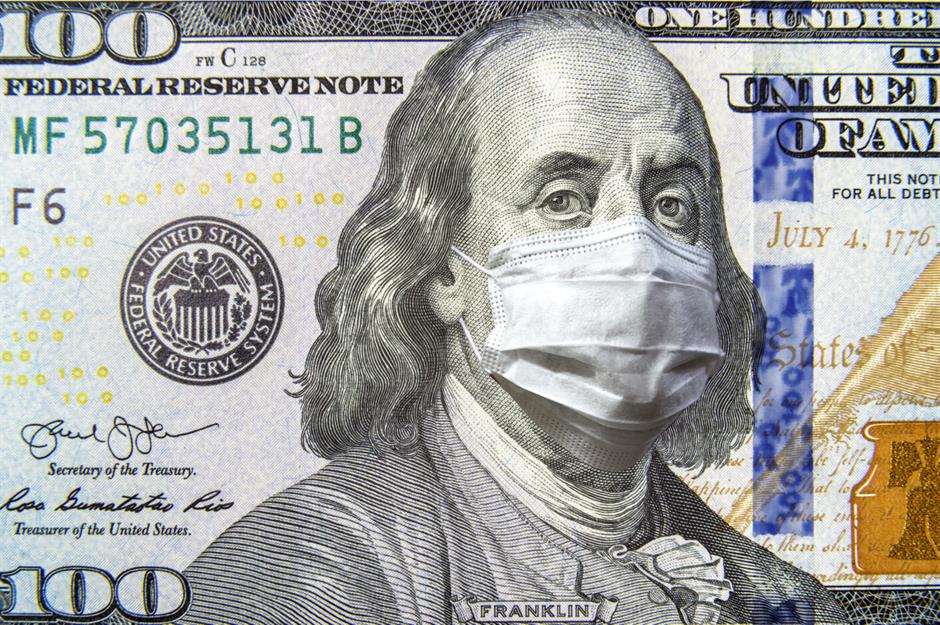
After some confusion, the World Health Organization clarified in early March that it had not issued a statement saying banknotes were spreading coronavirus, despite claims in the media. Coins are thought to be more likely to spread the disease than banknotes although not enough is known about the spread of the virus to suggest how long it remains on certain surfaces. Regardless, during the pandemic many shops that have been open, and the ones that are set to open as lockdowns ease, only accept card payment in order to reduce contact between humans when handing over payment. Better safe than sorry.
Banknotes can provide a cozy home for the winter vomiting virus
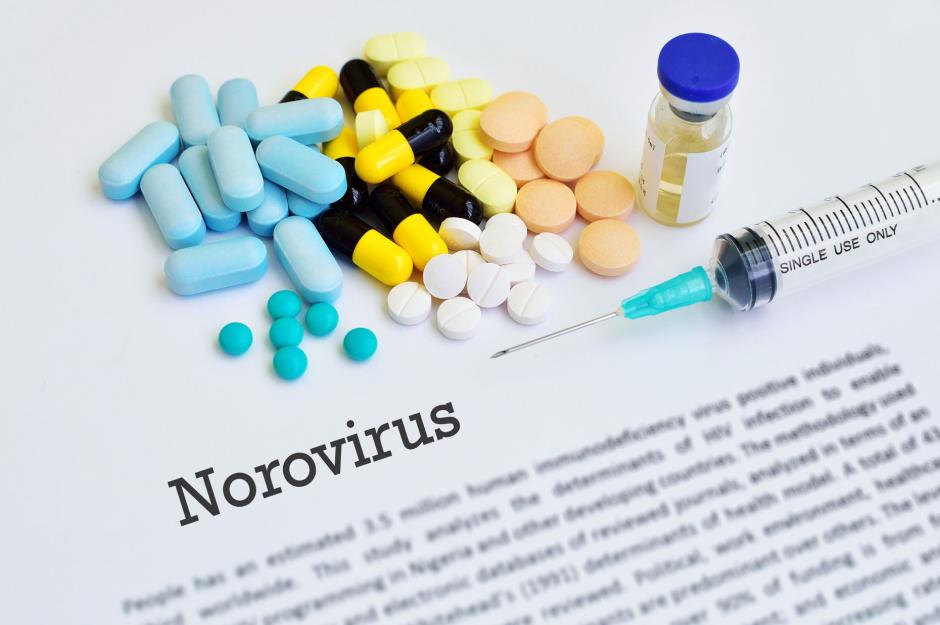
MRSA can survive for days on US and Canadian dollar bills
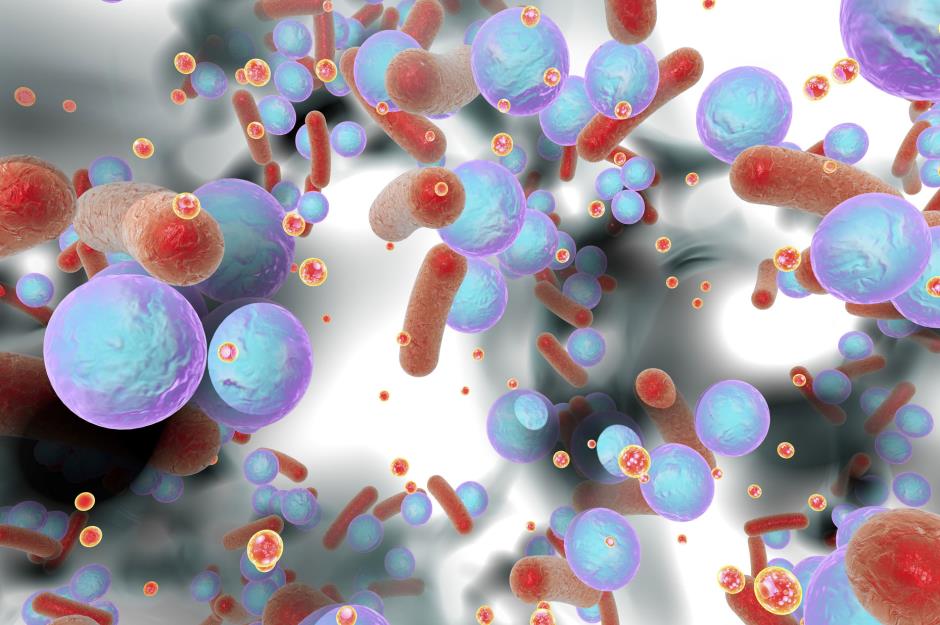
Traces of anthrax have been discovered on US dollar bills
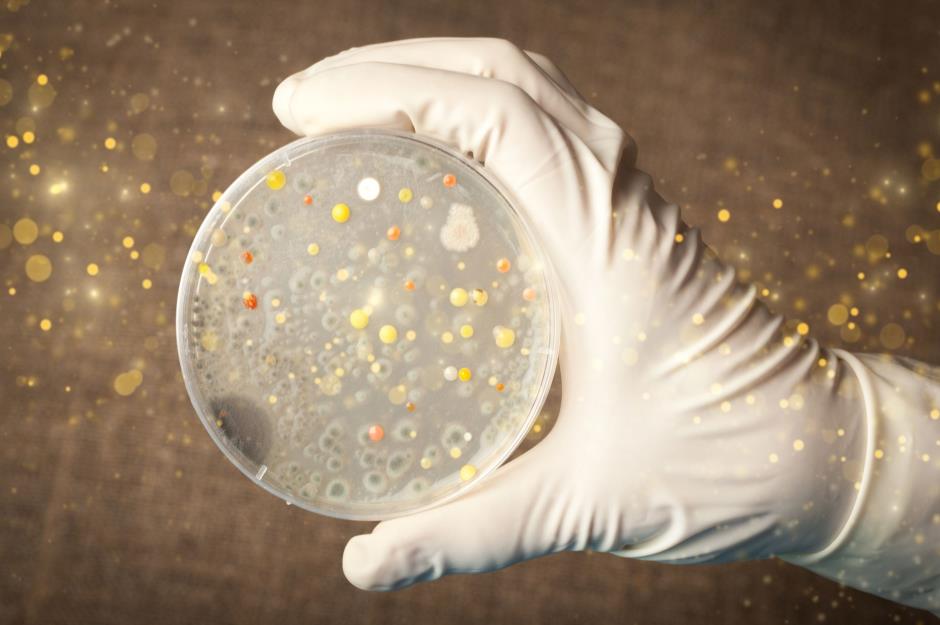
Banknotes can harbor and spread hepatitis-C
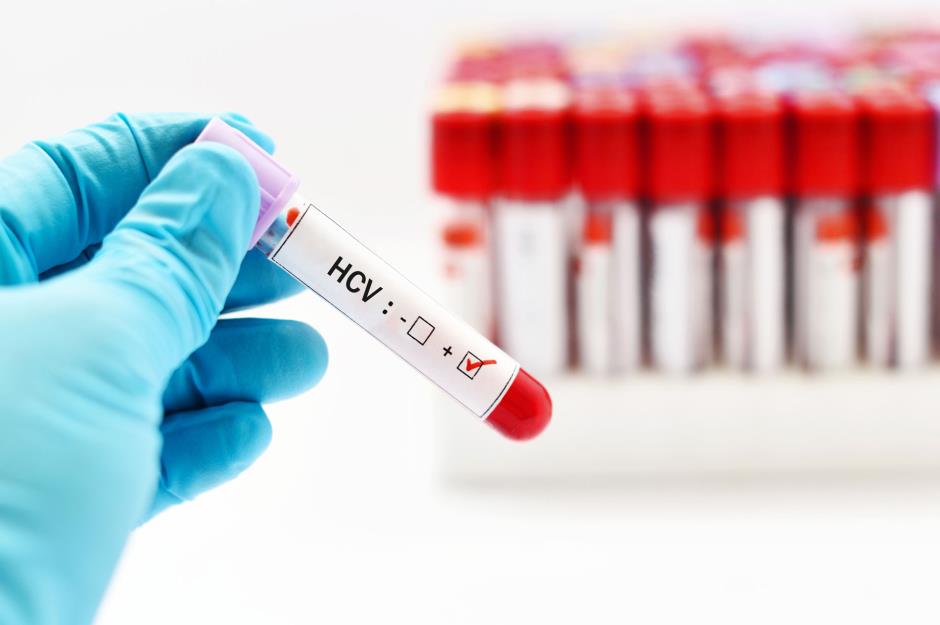
The ebola virus can survive on a banknote for up to 30 days
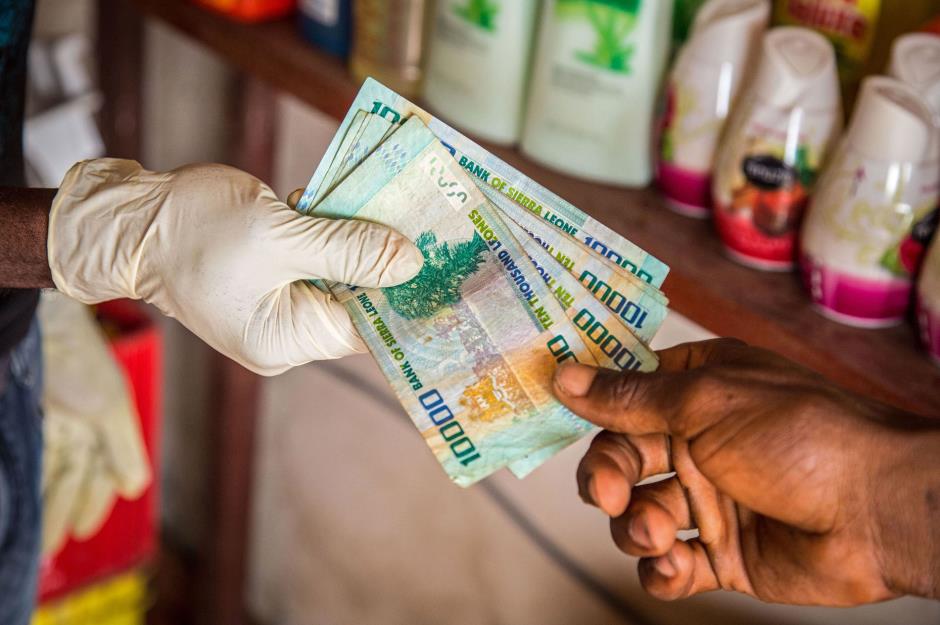
During the 2014-2016 ebola outbreak in West Africa, researchers indicated that banknotes may help facilitate the spread of the disease, particularly in hospitals. In a related study, the virus was found to remain infectious for up to 30 days on banknotes contaminated with ebola-infected blood.
But banknotes and coins cannot transmit HIV
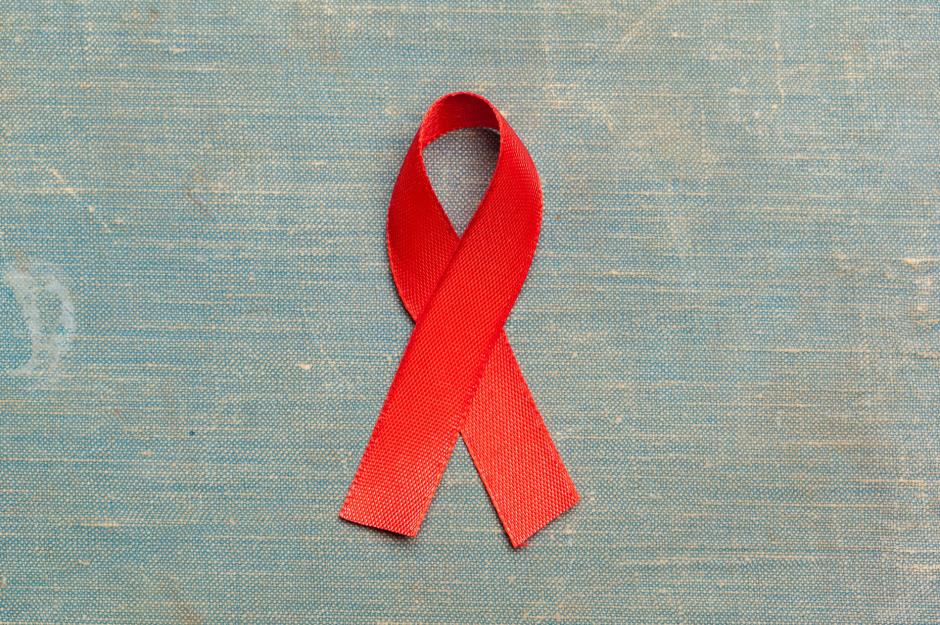
Moldy notes and coins may pose a health risk for some people
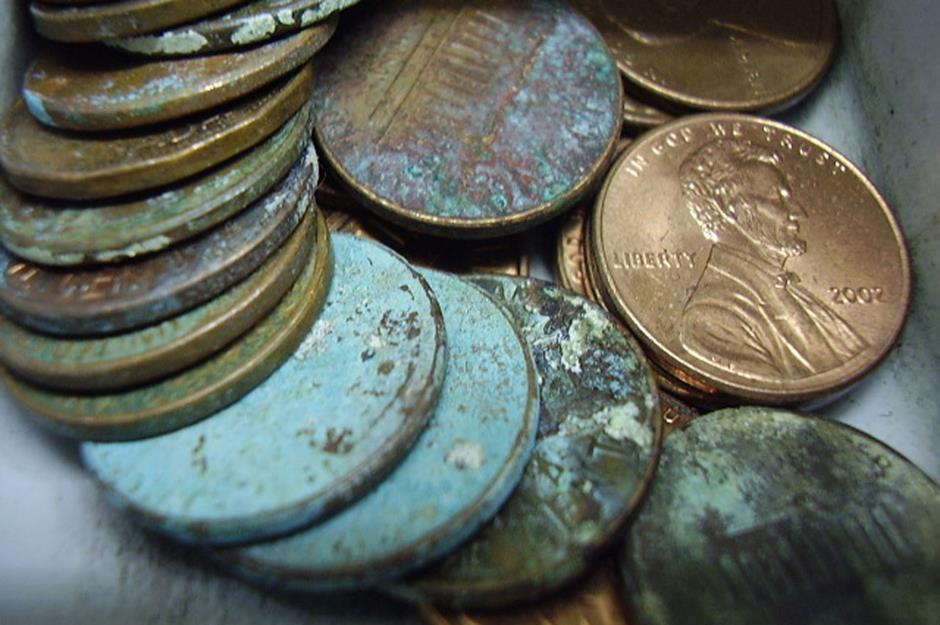
Coins are more hygienic than banknotes
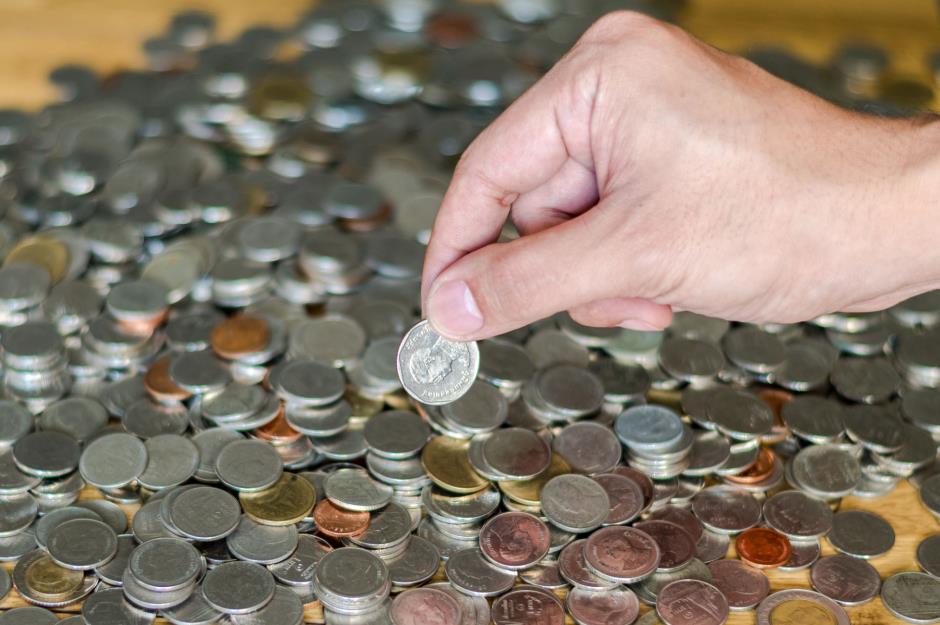
Coins contain fewer bacteria than banknotes
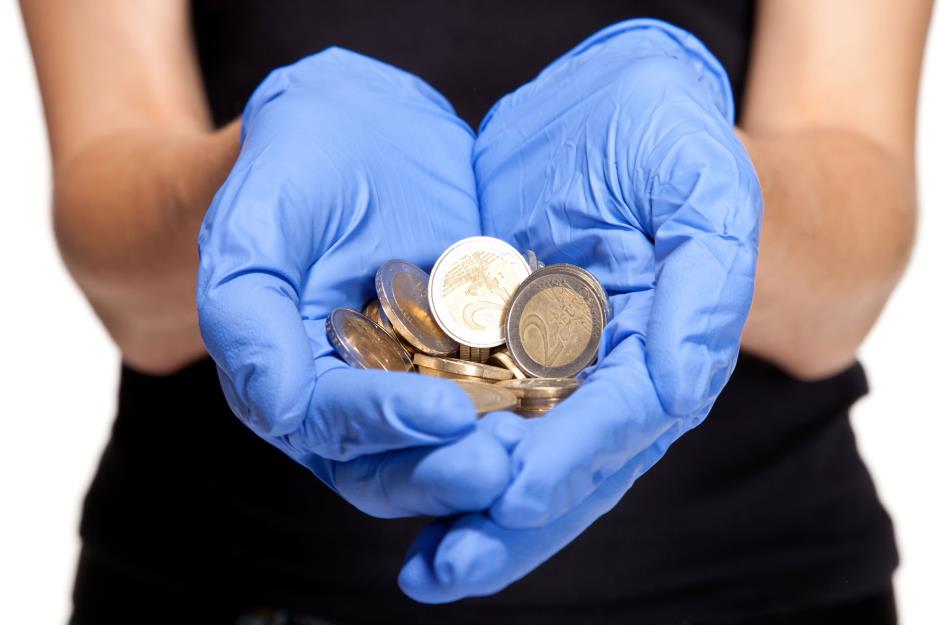
Coins can still carry dangerous pathogens
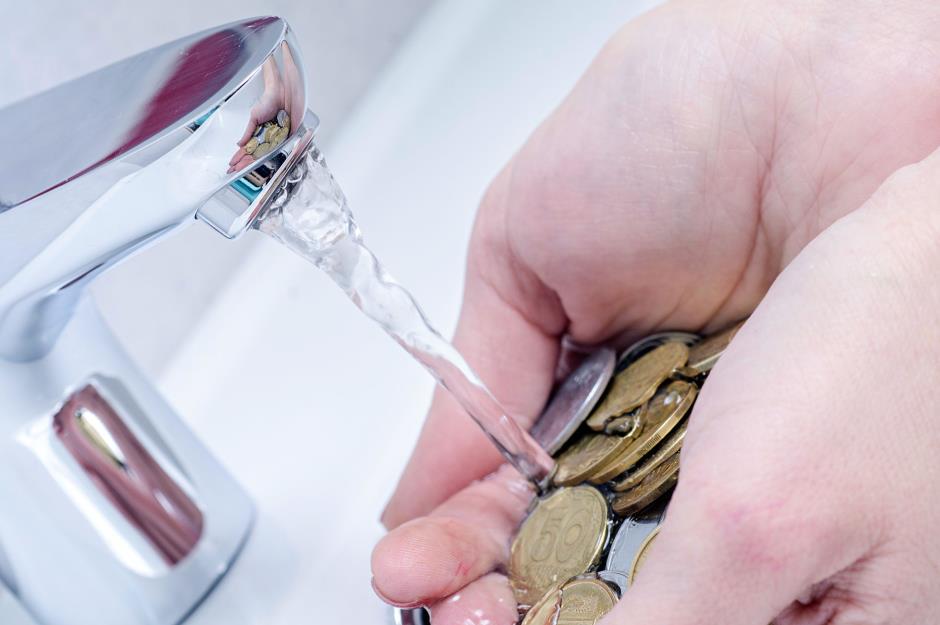
There are more germs on a £1 coin than a toilet seat
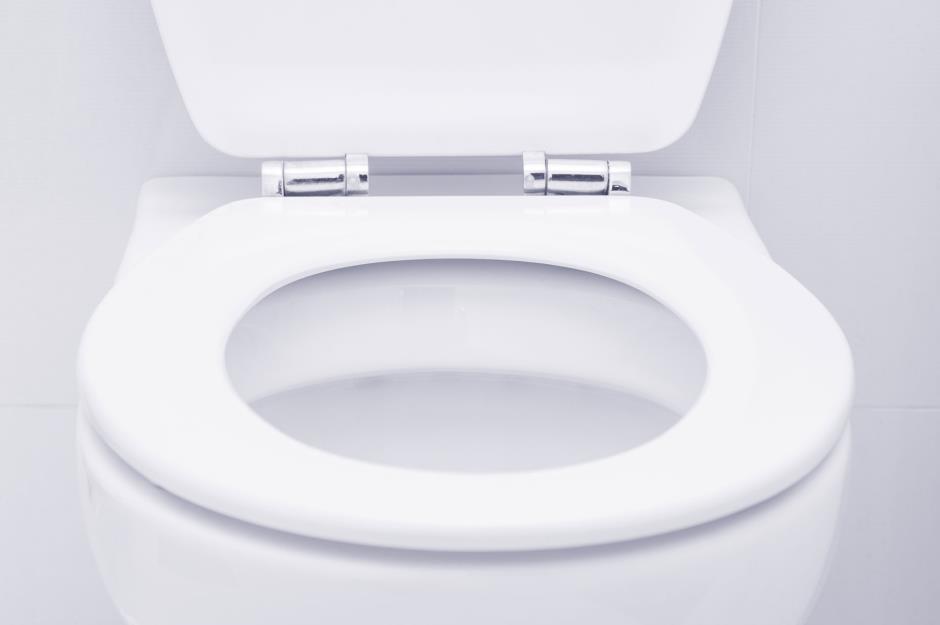
You can reduce your risk of illness by simply washing your hands
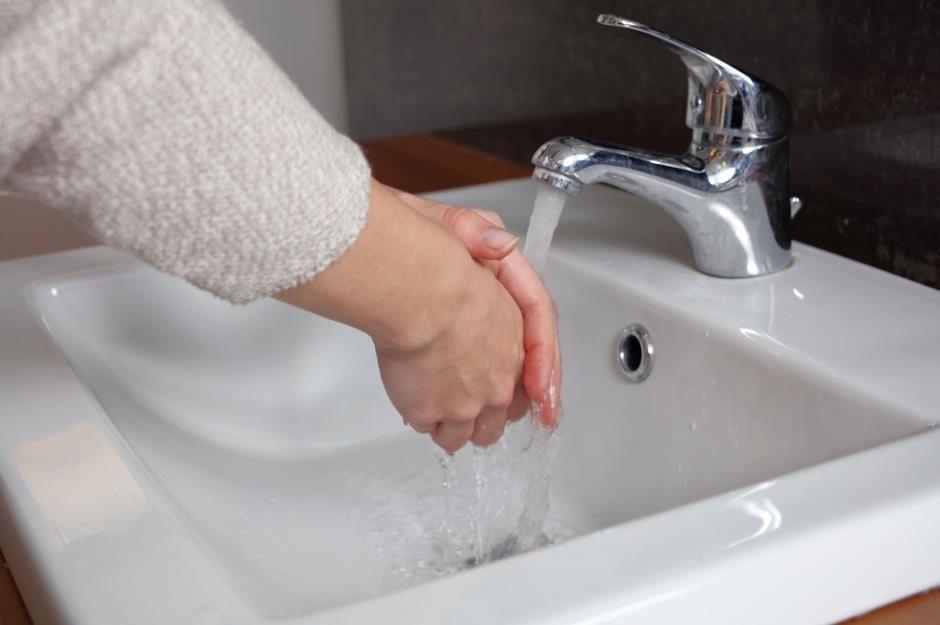
So how to you protect yourself from dirty cash? Try to remember to wash your hands, give them a swift swipe over with a wet wipe or rub with some hand sanitiser after you handle money. You'll slash your chances of getting ill if the notes or coins are contaminated with nasties.
Now read: The medical companies racing to find a COVID-19 vaccine
Comments
Be the first to comment
Do you want to comment on this article? You need to be signed in for this feature